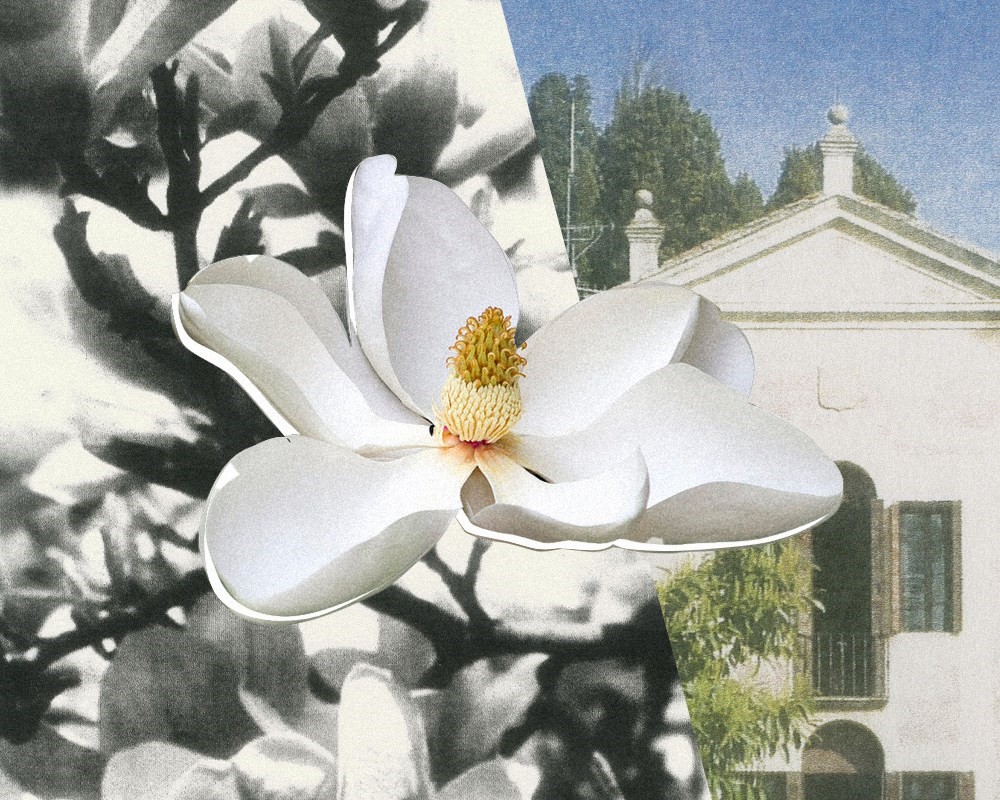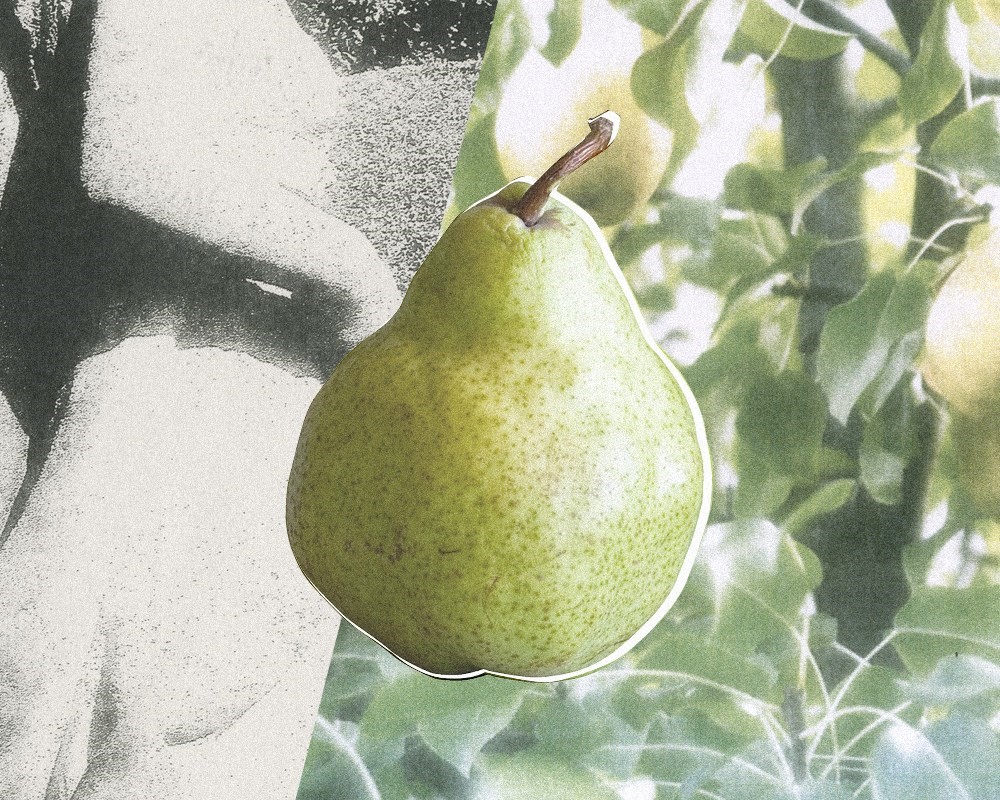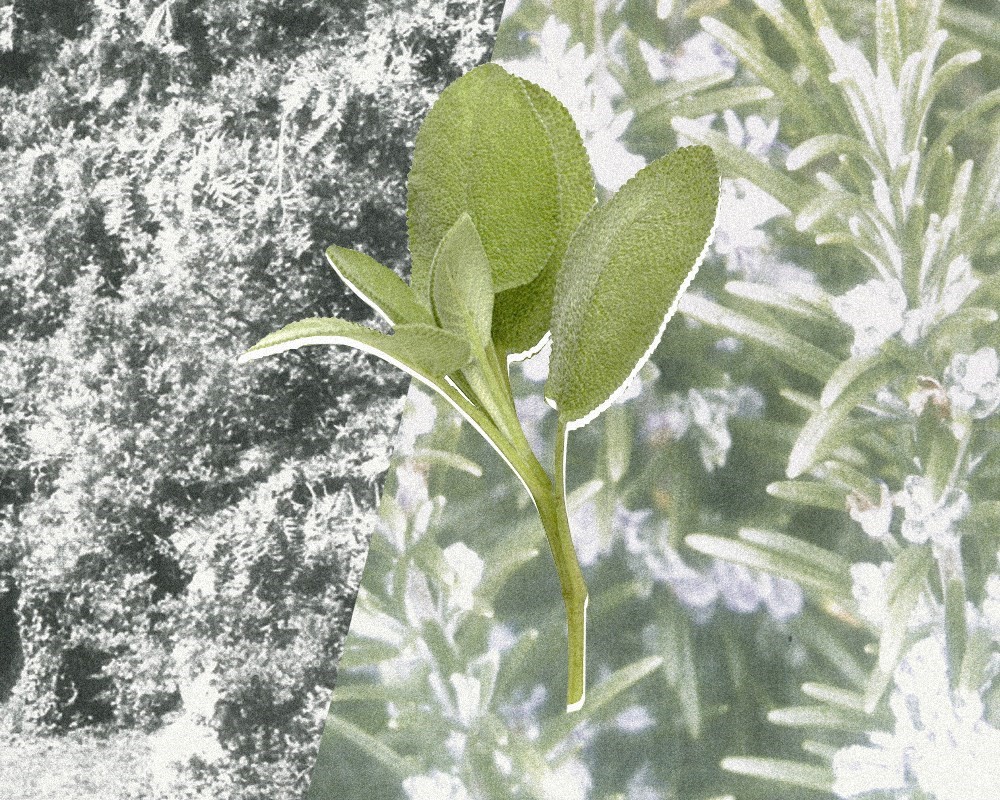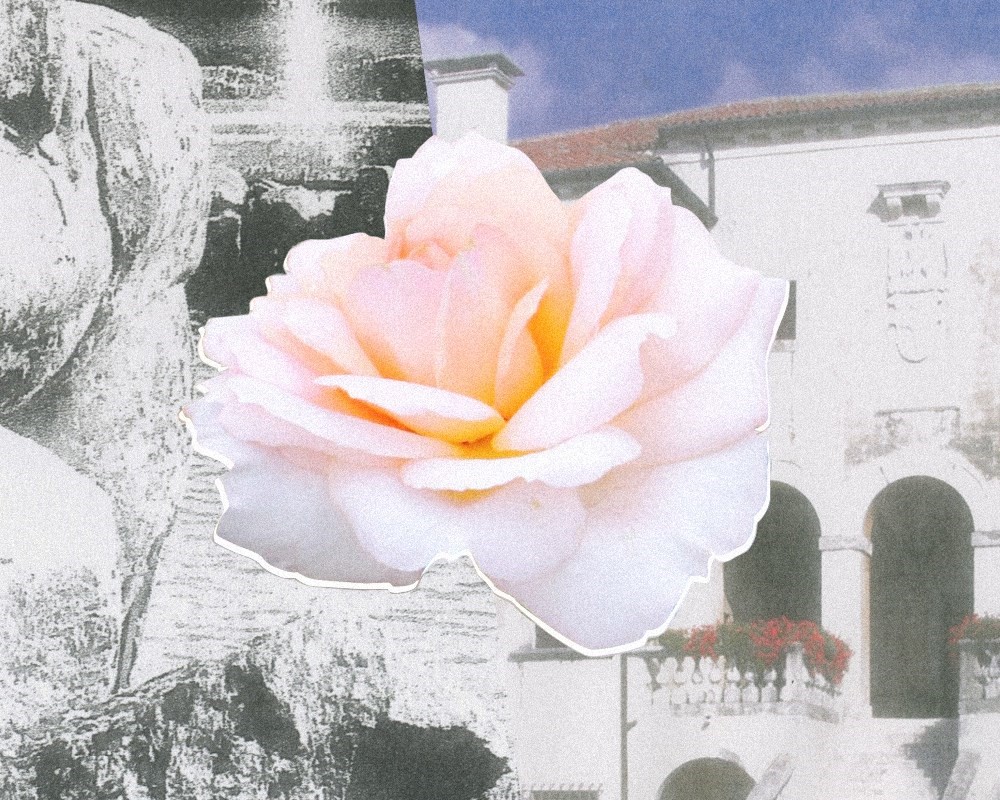About an hour’s drive from Venice, just between the cities of Vicenza and Verona, is Villa Schroeder-Da Porto: a giant 18th-century palazzo that sits within a remarkably verdant 55,000 square metre park. This is the impressive home of Bottega Veneta: a building which houses the scores of master artisans who construct the intricately-formed knot clutches and hand-woven intrecciato totes upon which the brand has built its name. Wandering through the pristine corridors (complete with immaculately-restored original cornices and fireplaces), it is clear that creative director Tomas Maier’s devotion to architecture manifests in more than just shopfits and storefronts; it permeates every aspect of the brand – from its behind-the-scenes workshops to, now, its newest perfume offering.
Inspired by the Palladian gardens of the Veneto region, each scent in the new Parco Palladiano collection is designed to evoke a specific moment within a utopic Italian fantasy: the smell of the cypress tree, emblematic of the Venetian landscape, captured during a fresh mid-morning; that of a sun-drenched rose brought inside the villa at the end of the day. The six scents offer an olfactive immersion into an Italian paradise – here, we decode the specifics behind the scents, with the help of the perfumers who concocted them.

Parco Palladino I
"Magnolia is such an ephemeral flower that the moment you touch it, it turns black. Because it is so delicate, it oxides very quickly in the sun – so the moment when you can smell it the best is in the early morning, before it fades away into the day," explains perfumer Michel Almairac. In fact, so sensitive is the magnolia that its essence cannot be extracted; its scent must be re-created through a specific blend of accords and, in the case of Parco Palladino I, has been blended with the woodiness of the bark as well as the dewy wetness of the flower. It is wet and dewy, crisply sweet but unmistakably bright.
Parco Palladino II
"Among the plants that Tomas Maier mentioned in his story about the Palladium gardens was the cypress," says Alexis Dadier, the nose between II and IV. "I felt it was an interesting plant to transform in a fragrance, because there is a very close link between the tree and architecture – the shape of the tree is very similar to the pillars of the villas." A deep, green scent paired with a touch of spicy pink pepper, Parco Palladino II is an exploration into mid-morning freshness; all the dynamism one can imagine accompanying taking one's morning espresso out on a Venetian patio.

Parco Palladino III
The smell of an over-ripe pear fallen from the tree into a bed of mint and crushed underfoot, Daniela Andrier describes Parco Palladino III as something "melancholic," a scent that announces the end of summer. An unusual combination of fruit and herbs, she explains that "It is very easy to unite scents that are familiar to the people – and they follow it like bees to honey, not because they get a sense of emotion from it, but because they are so accustomed to that signal of sweetness. But I would rather work on something that evokes a memory." And, somehow, III does: it is September gardens, the minty cool of autumn paired with crushed fruits: "an imaginary promenade where the seasons overlap like a labyrinth, and memories of gardens in bloom mingle with those of our childhood."
Parco Palladino IV
"Now, we are at the end of the afternoon, when the sun has warmed the ground, the flowers and the clouds of azaleas that surround the Palladian villa," explains Alexis Dadier. "At this precise time of the day, the smell of all these flowers combined all together creates a cloud of smell that is almost overwhelming." And so, IV – the heady scent of afternoon azaleas paired with velvety chestnut. The azalea itself is a curious choice to inspire a floral scent – so attractive is its blooming flower that it requires little scent of its own to attract bees – but IV "is more like an impressionist vision. It is not the smell of the flower itself; it is a whole experience, it is a whole moment," and is more about the sunshine and the sweet warmth of summer than a specific floral.

Parco Palladino V
Here, rosemary, sage and laurel combine to evoke a mid-afternoon stroll through an aromatic herb garden, taking place just as the sun hits the gardens and towering trees shadow a path through the shrubs. "I wanted it to be beautiful, to appear as herbs and trees and shadow and this very majestic place," says Andrier – and she has managed to aptly recreate this vignette through warm woody accords blended with the cool, crisp notes of the herbs: it is a mid-afternoon breeze through a botanical kitchen garden.
Parco Palladino VI
Finally, we arrive at the end of the day; a sun-drenched rose plucked from its home and brought inside the woody interiors of a Palladian villa. "The rose has been soaking up this warm golden light all day; it is really drenched in this heat and sunlight" says Almairac, who combined the flower with cinnamon and spice to give it extra heat. A collaboration with fellow perfumer Mylène Alran, it is the perfect close to the series: intensely sensual and fantastically opulent.
